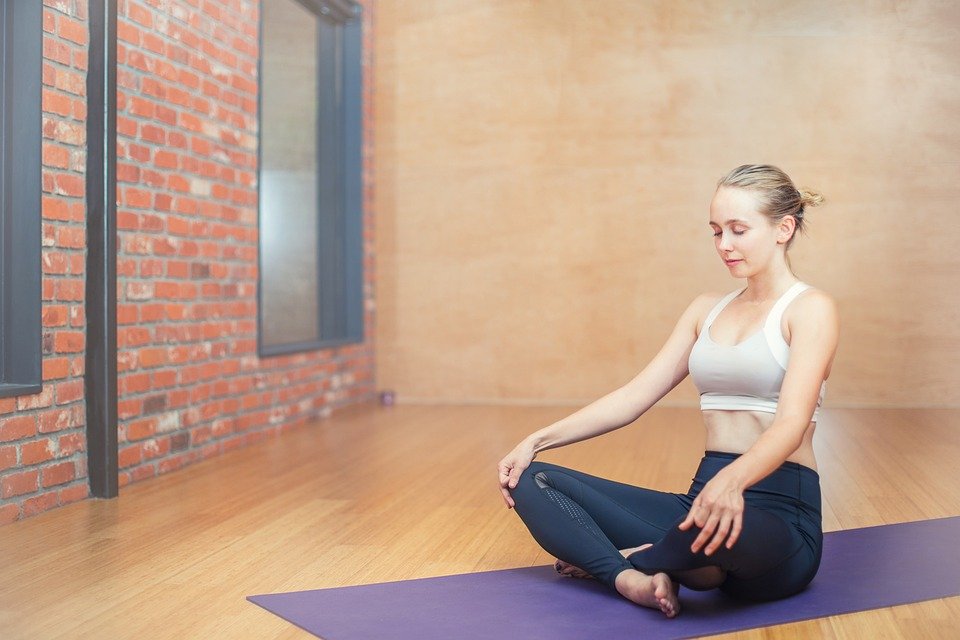Yoga and Stress Relief: How this Ancient Practice Helps to Manage Anxiety
In today’s fast-paced and high-pressure world, stress has become an integral part of our lives. We all experience various forms of stress, be it related to work, relationships, or even the constant bombardment of information from our digital devices. Stress not only affects our mental well-being but also takes a toll on our physical health. Fortunately, there is an age-old practice that has been proven to be effective in managing anxiety and promoting overall well-being – yoga.
Yoga, a practice that originated in ancient India, combines physical postures, breathing exercises, and meditation to create a holistic approach to health and wellness. It focuses on the connection between the mind, body, and breath, helping individuals achieve a state of balance and harmony. Through regular practice, yoga has been shown to have numerous benefits, including stress relief.
One of the primary reasons yoga is effective in managing anxiety is its ability to activate the body’s relaxation response. When we experience stress, our body goes into “fight or flight” mode, releasing stress hormones such as cortisol and adrenaline. This response is essential in dealing with immediate threats, but when it becomes chronic, it can lead to various health problems, including anxiety disorders. Yoga triggers the body’s relaxation response, helping to counteract the effects of chronic stress and promoting a sense of calmness and relaxation.
Moreover, yoga incorporates mindfulness and meditation practices, which have been scientifically proven to reduce anxiety and improve mental well-being. Mindfulness involves being fully present in the moment, paying attention to our thoughts, feelings, and bodily sensations without judgment. By cultivating mindfulness through yoga, individuals learn to observe their thoughts and emotions without getting caught up in them. This helps to break the cycle of negative thinking and worrying that often accompanies anxiety.
Regular yoga practice also enhances physical fitness and flexibility, which can indirectly contribute to stress relief. Physical exercise, including yoga, releases endorphins, also known as “feel-good” hormones, which elevate mood and reduce anxiety. Additionally, the physical postures in yoga help to release tension and tightness in the body, promoting relaxation and reducing physical symptoms of stress, such as headaches and muscle tension.
FAQs:
Q: How often should I practice yoga to experience stress relief?
A: The frequency of yoga practice depends on your personal schedule and preferences. Ideally, aim for at least three sessions per week to experience noticeable benefits. However, even practicing yoga for a few minutes each day can make a positive difference in managing stress and anxiety.
Q: Can beginners with limited flexibility and fitness levels practice yoga?
A: Absolutely! Yoga is a practice for everyone, regardless of age, fitness level, or flexibility. Many yoga classes offer modifications and variations of poses to accommodate beginners or individuals with physical limitations. It is essential to listen to your body and honor its limits while gradually building strength and flexibility over time.
Q: Can yoga be used as a standalone treatment for anxiety disorders?
A: While yoga can be highly beneficial in managing anxiety, it is essential to approach it as a complementary practice rather than a standalone treatment. If you have severe anxiety or an anxiety disorder, it is recommended to seek professional help from a therapist or counselor who can provide a comprehensive treatment plan tailored to your specific needs.
In conclusion, yoga is a powerful tool for managing stress and anxiety in today’s hectic world. Its ability to activate the relaxation response, promote mindfulness, and enhance physical fitness make it an effective practice for overall well-being. By incorporating yoga into our daily lives, we can find solace and relief from the pressures of modern life, allowing us to lead healthier and more balanced lives.


